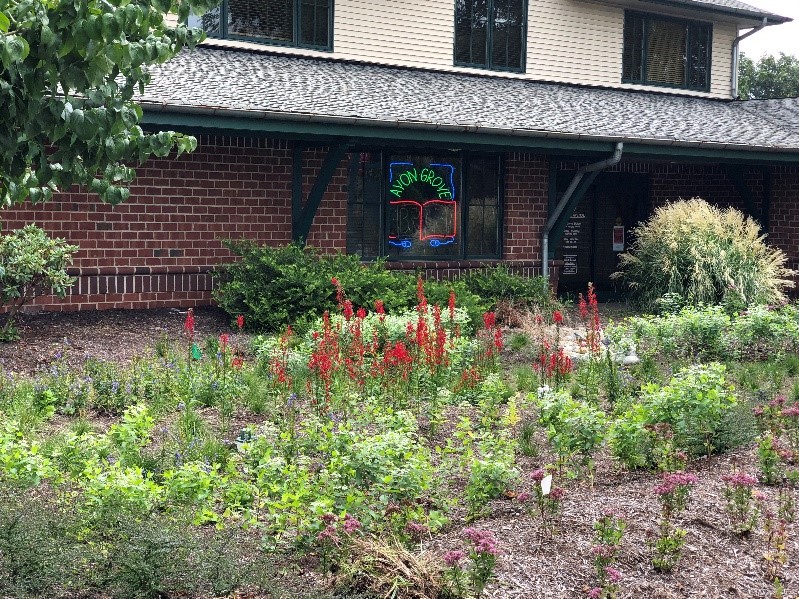It seems that everything is going “green” these days… and that’s a good thing. You may have heard of things…
Imagine looking at a house to buy and seeing soapy water flowing from a pipe into a ditch. Would…
This article originally appeared on the Brandywine Conservancy blog and the Stroud Center’s website. By John K. Jackson, Ph.D. The…
In recent years, flooding has become increasingly dangerous and devastating in Chester County and across the country. In fact, flooding…
Stormwater runoff is one of the main causes of pollution in the United States, yet it is not at the…
Lawn Troubles? Think outside the box! [link to text document] If your grass looks like most of…
[link to text document] Examining the quality of a stream or waterway can be done in many ways and with…
[link to article text] It is a common misconception that all non-native organisms are considered invasive species. In fact, some…
[link to article text] Spotted lanternflies are an invasive species threatening several industries in Chester County, including agriculture and horticulture.…
[link to text document] While water conservation reminders may make some people roll their eyes at the dullness or the…





